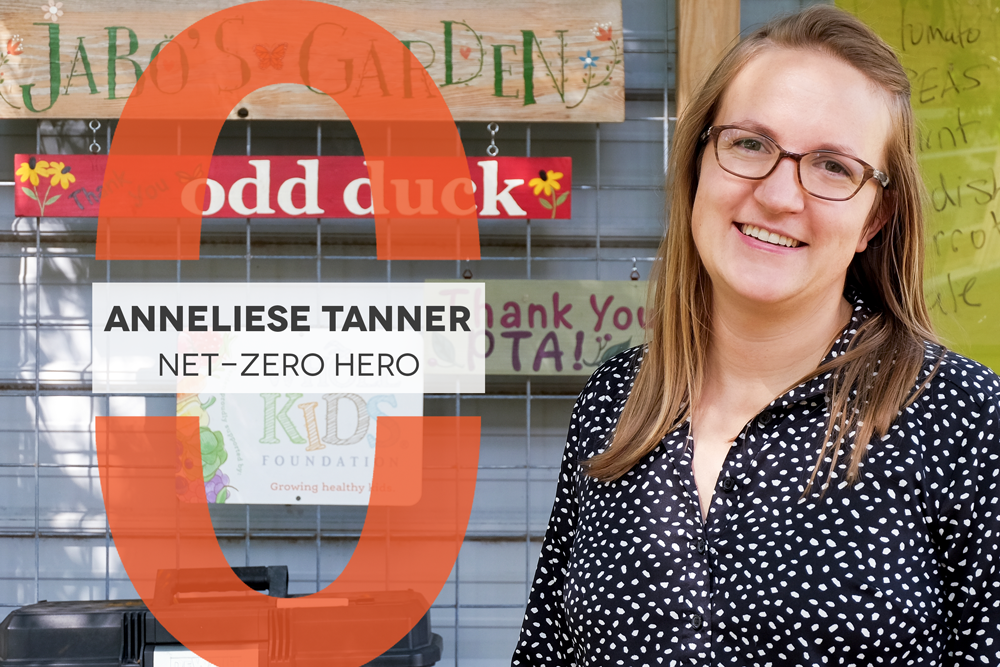Net-Zero Hero: Anneliese Tanner
I’m helping to make Austin Net-Zero by reinventing the urban school meal experience
When you picture school cafeteria food, what comes to mind? Many of us remember being served foods like pizza, chicken tenders, and tater tots — not exactly healthy food options. Anneliese Tanner is trying to change that. Anneliese is the Executive Director of Nutrition and Food Services at Austin ISD. Since taking the job, she and her team have worked to expand healthy, sustainably-sourced food options in the cafeteria. Many of these foods come from local farms, and some are even grown in Austin school gardens. Austin ISD Food Service has also worked to ensure that kids have access to three meals per day by expanding classroom breakfast and after-school meals. Anneliese and her team are trying to challenge the negative perception of school lunches while supporting our local food system in the process.
We spoke with Anneliese about her commitment to Net-Zero, what her toughest challenges have been, and what advice she has for others.
What inspired you to take action?
Many people may not be aware that one in four children living in Travis County lives in a food-insecure household, meaning they do not know where their next meal is coming from. Many students in Austin rely on school meals as their primary source of nutrition, often eating three meals a day with us. It is my key focus to expand healthy food access across the city — providing healthy, tasty, and high-quality foods to all students, while helping to create positive change in the food system. With Austin ISD procuring over $13 million annually in food, serving over 72,000 meals per day, and over 12 million meals annually, we are able to make systemic change.
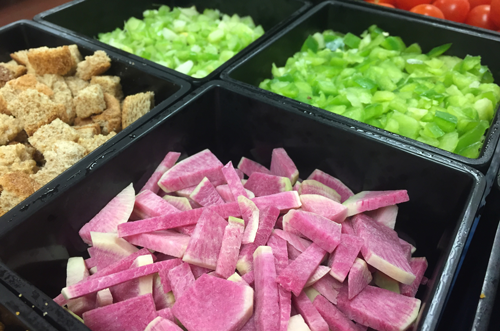
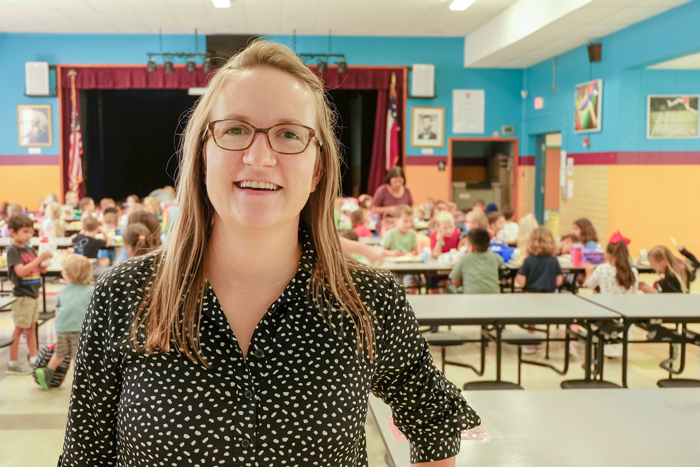
How did you do it?
Since joining Austin ISD in 2015, I have concentrated on expanding food access through programs like breakfast in the classroom and after-school meals. Our team has also placed a greater focus on enhancing the student dining experience through the introduction of food trucks, salad bars, increased scratch cooking, and a clean label initiative. We are also shifting procurement practices to source more locally and sustainably, as well as implementing food waste reduction practices through initiatives like share tables.
Partnership with outside organizations has been a great help in furthering the work of these initiatives. By participating in the Good Food Purchasing Program, we are provided with a framework and context to better share the work that is already being done surrounding five focus areas: local economies, valued workforce, environmental sustainability, nutrition, and animal welfare.
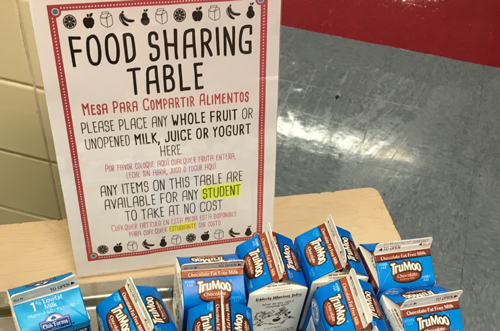
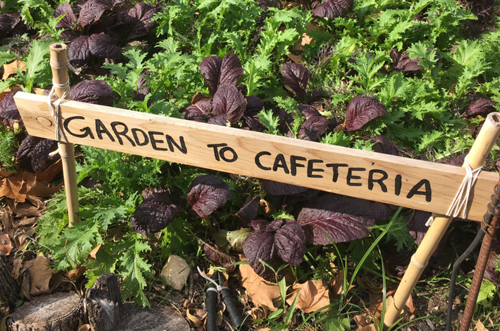
Left: The food sharing table means students don't have to throw away perfectly good food. Right: Leafy greens grow in the school's garden.
What's been the toughest part?
Changing the perception of school cuisine and bringing good food to our students on a very tight budget. So many people assume that our food isn’t good just because it’s school food, and they aren’t aware that we have transformed dining in Austin schools to be fresh, local, healthy, and tasty. In order to continue to make positive changes, we need increased funding, which is gained through students and families making the choice to dine with us.
.jpg)
Anneliese with the food ready to be served in the school's cafeteria.
Have there been any unexpected benefits?
We view the cafeteria as a classroom. Not only are we creating lifelong healthy habits, but we are also providing learning opportunities about nutrition, cultural foodways, and the food system. Hearing students share about trying a salad for the first time or seeing their reaction when trying Johnson’s Backyard Garden organic radishes is exciting.
Ultimately, knowing that we are providing all students in Austin with more opportunities to eat good food each day is the ultimate benefit.
What advice do you have for others?
Send your kids to eat in the school cafeteria! And, whatever your passion is, keep at it. Driving change is hard work, and it takes time. So we all have to pitch in and stay focused on the end goals.
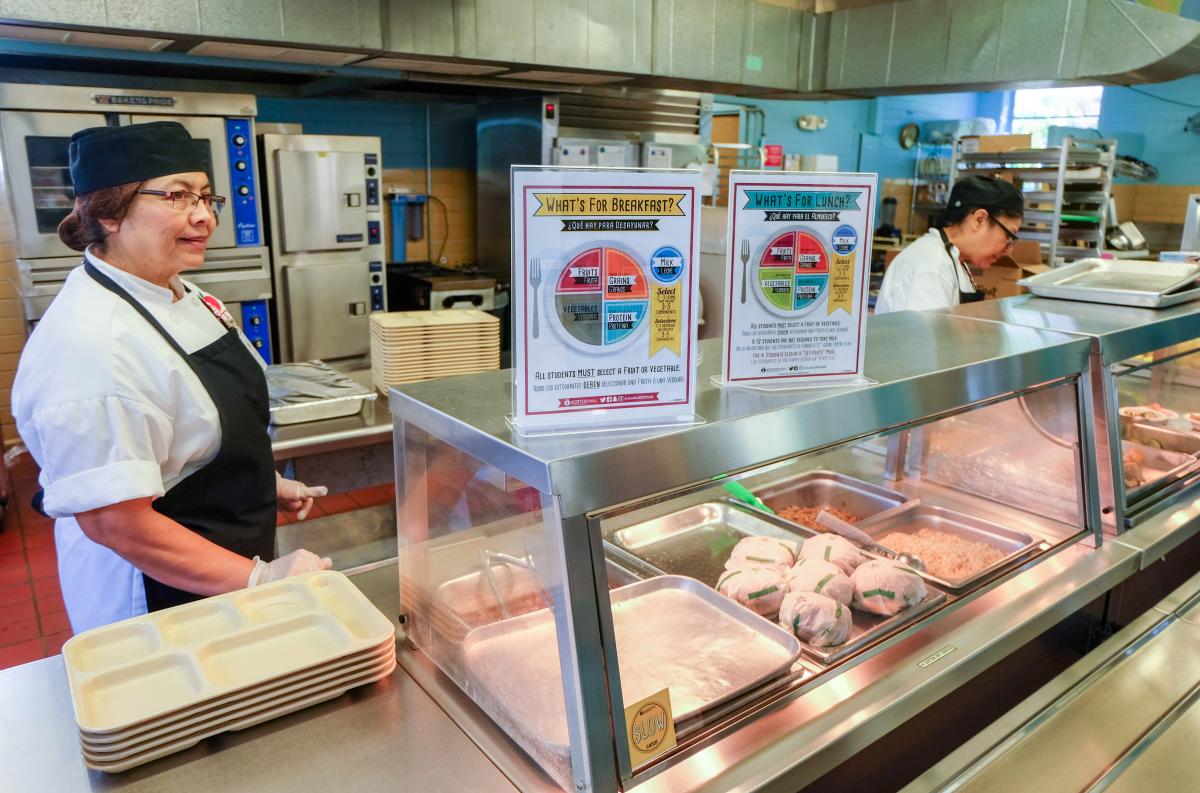
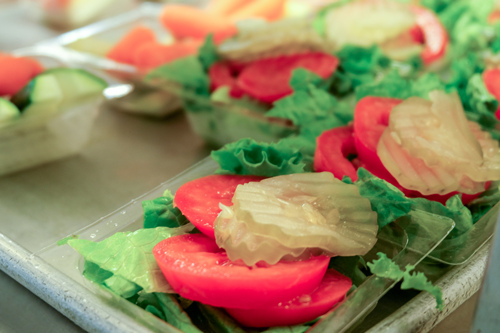
If every student not currently eating school lunch made the choice to do so once a week, all beef served in Austin ISD could be grass-fed. If they ate at school twice a week, AISD could serve entirely organic produce. And for three times a week, organic milk could be served at every meal. See what’s being served in AISD cafeterias.
To learn more about Austin's net-zero goal and the actions you can take to support a greener community, view the Austin Climate Equity Plan.
Share your Net-Zero contributions with us on X (formerly Twitter) or Facebook, and use #NetZeroHero. If you know a Net-Zero Hero (or heroes!) who should be recognized for their efforts, send your nomination to climate@austintexas.gov.


